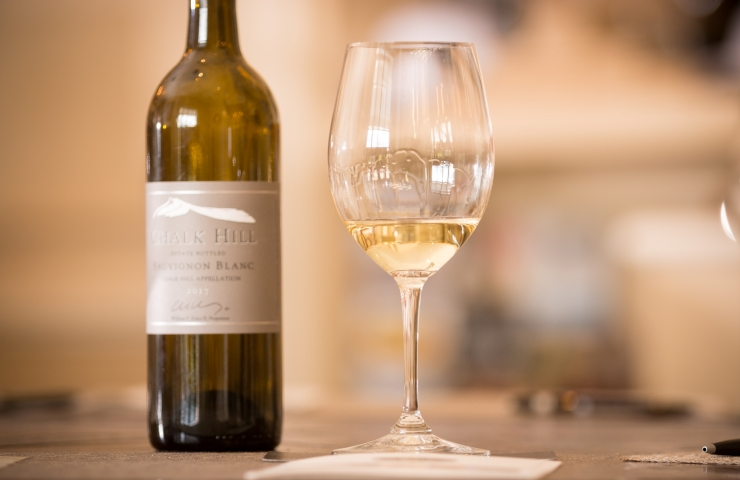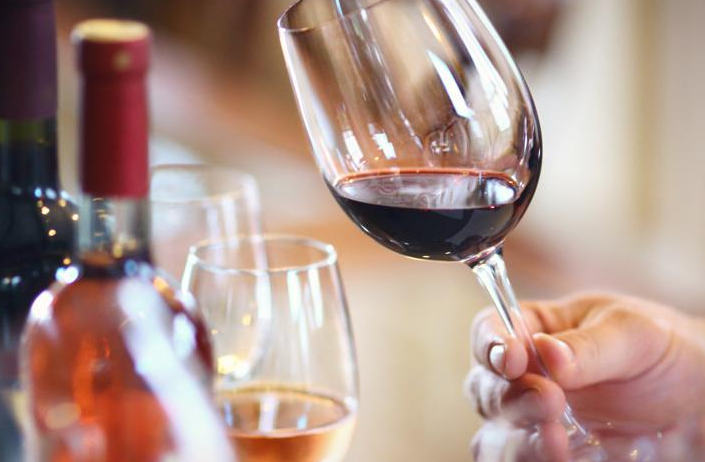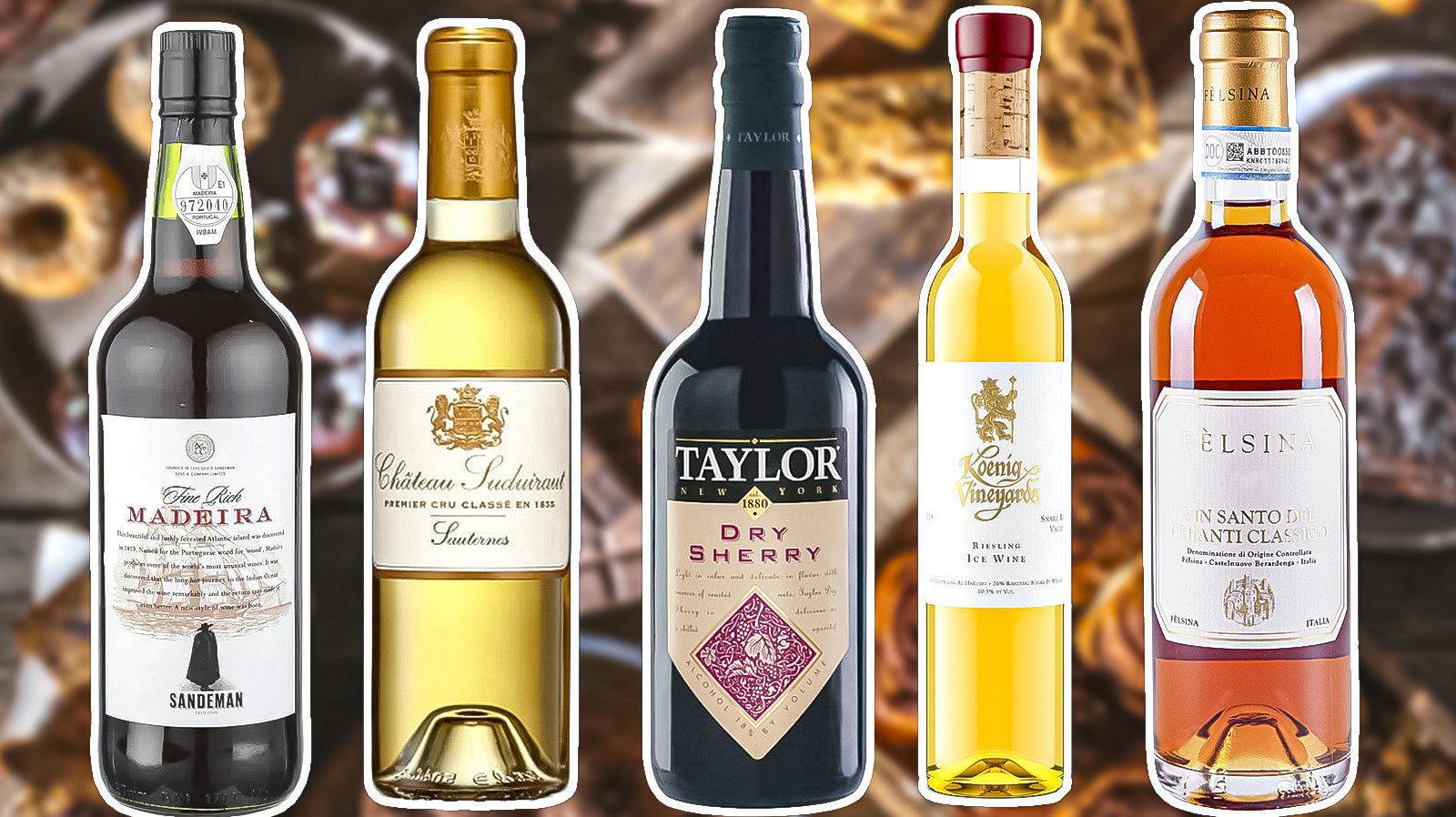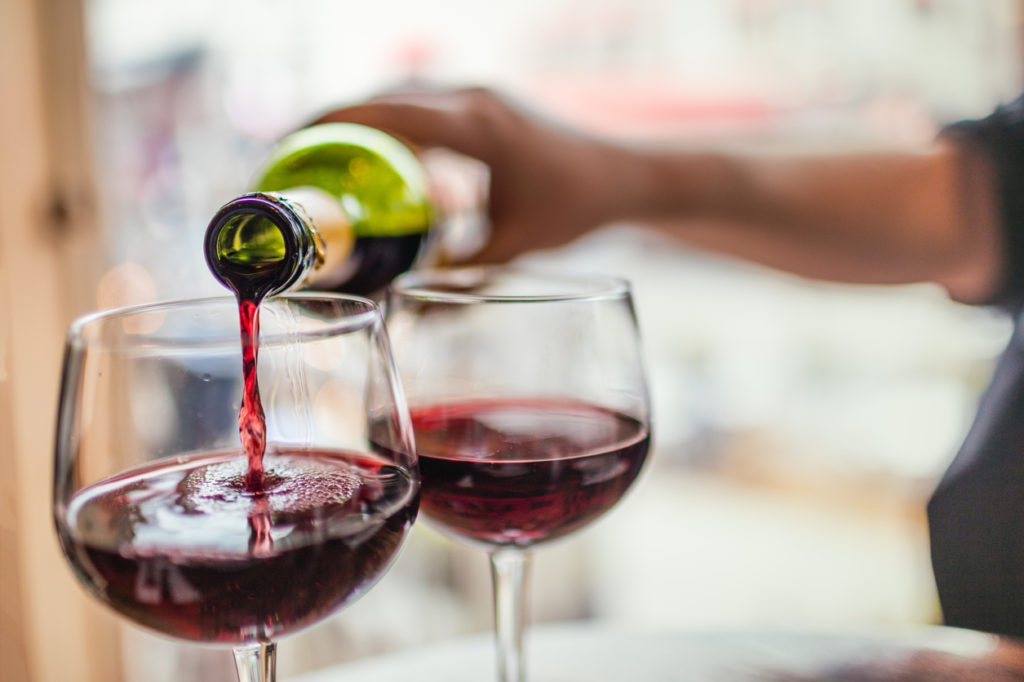What is the best type of wine for beginners?

There are many various kinds of wine, each with their own optimal matching food varieties. And afterward there's wine showoffs - individuals who portray matured grape juice as "unctuous."
Understanding Wine Makes It Taste Better

Studies have shown that more mind boggling depictions of red and white wine really make those wines taste better. Instinctively, this checks out. Assuming you have more jargon to portray what you're soaking up, your mind is better ready to recognize subtler flavors.
So we've assembled a fledgling's manual for various wine types that will separate the rudiments of what makes various wines, indeed, unique, and the key descriptors you want to be aware to capitalize on anything wine you're drinking.
What's The Difference Between Red And White Wine?
:max_bytes(150000):strip_icc()/difference-between-white-red-wine-ft-blog0517-9da725ddb10c4f03a7ae52492eaf1efd.jpg)
OK, you likely needn't bother with any assistance perceiving a white wine versus a red wine. They appear to be unique and they surely taste different also. Be that as it may, it's worth your time and energy to comprehend the reason why these kinds of wine look and taste so changed. The offender in the two cases: the skins, and a little something they bring to the party called tannins. Recall the word tannin and what it implies, since wine individuals discuss tannins a great deal.
Tongue, Meet Tannins
What are tannins? Tannins are a normally happening substance in grapes and different leafy foods (like tea, for instance). The flavor of tannin is in many cases portrayed as harsh, causing a dry and puckery feeling in the mouth. Tannins end up in your wine when the vintner permits the skins to sit in the grape juice as it ages. This is additionally the way that wines get their variety. Wines that have almost no skin contact end up pink or white, with far less tannins. Wines that mature with the skins for a more extended period end up red, with high tannin content. As you'd envision, red grape skins have a bigger number of tannins than white grape skins.
Types of Wine
Red Wine Types
Tannin gives the foundation of red wine, which is the reason you could depict a red wine as "firm" or "rugged" or outright "unpleasant." Tannin likewise gives red wine surface, causing it to feel "smooth" and "delicate" or "harsh" and "chewy." by and large, the more obscure the wine, the higher the tannin and the "bolder" the taste.
Types of White Wine
White wine has tannin, however insufficient to make it the superstar. All things being equal, white wines are backboned by corrosiveness. That is the reason you could say a wine is "fresh" or "tart." Or on the other hand, in the event that there isn't sufficient corrosiveness, you could refer to a white wine as "fat" or "level."
Rosé Wine
Rosé, or become flushed wine, is pink in variety. It ends up in such a state since it is permitted to keep in touch with the red grape skins for a generally brief time frame contrasted with red wine. On the range among red and white, rosé is a lot nearer to the light side, with somewhat low tannin.
What Is Dessert Wine and Sparkling Wine?

Red, white and rosé wines that have a liquor by volume content of 14% or less are thought of "table wine" in the U.S. (furthermore "light wine" in Europe). That avoids whatever is shining or braced (i.e., has added liquor).
Dessert wine gets its name since it will in general be a new wine and comes after a dinner. Liquor (normally cognac) is added to a sweet wine so it can hold a greater amount of its regular sugars, which are commonly spent during the maturation interaction.
How To Describe The Taste of Wine
In this way, to recap: red wine is red since it was matured with the skins, making it more tannic. White wine has less tannin, and is more acidic. Dessert wines have higher liquor content and are generally better, and shimmering wine has bubbles.
Simple, isn't that so? Obviously not. Halting at red versus white wines would resemble finishing a conversation on vehicles at vehicles versus trucks. Assuming we will fix the sort of wine that you appreciate drinking, we must get somewhat more unambiguous. Indeed, that implies we must discuss how a wine tastes.
This is where wine consumers lose the greater part of us. There is maybe nothing more abstract about mankind than taste, and attempting to settle on something worth agreeing on while discussing wine appears to be doomed all along. Yet, notwithstanding the overabundance of pretentious descriptors for wine that you'll coincidentally find, there are a couple of terms that mean basically exactly the same thing to everybody.
What Are The Four Key Wine Descriptors?

Needs not a great reason. Something contrary to sweet is dry. A wine can likewise be medium-get or dry (i.e., simply a sprinkle of pleasantness, yet excessively weak to make a difference).
Acridity.
We previously discussed this. Corrosiveness is no joking matter for white wines, and it makes them invigorating and fresh (or "harsh" assuming it's exaggerated). Lower causticity makes a wine taste "fat."
Tannin.
Another we've proactively covered. Everything revolves around the tannins for red wine. High tannin wines are astringent, perhaps severe and inky. Lower tannin wines are smooth and delicate, and contingent upon your preferences, more drinkable.
Body.
This alludes to the apparent "weight" and thickness of the wine. A full-bodied wine feels thick, covering the sides of the glass as you whirl. A light-bodied wine is practically similar to water. A medium-bodied wine in the middle between.
Which Starter Wine Would it be a good idea for you to Purchase?
It's ideal to begin basic so you can segregate what you're tasting and what it is about a wine that you like or abhorrence.
Begin in the $10 to $15 cost range. Most wines at this sticker cost are "common" of their assortment and locale. Some say that intricacy doesn't begin until the $25 level or $35 level, yet while you're in the exploratory stage, saving your wallet is better. That being said, you can track down great jugs of wine under $10 — it's somewhat more diligently.
Once more, it's difficult for a fledgling to tell how a wine will taste dependent exclusively upon the varietal. Thus, most importantly, don't be bashful about requesting help. Your smartest choice is to stroll into the store and request the sort of wine you're keen on attempting. Say, "I need a dry, light-bodied white wine" or "I need to attempt a full-bodied red." Or, you might really specify wines that you've delighted in before and request something almost identical.
Another great strategy is to request a "run of the mill" varietal, e.g., "Track down me an ordinary Pinot Grigio for $15." Here's a speedy summary that could be useful to you choose:
Understanding Wine Is A Cycle

Require the following month to get one new container of wine a week (or have a glass out with supper or at a wine bar). Open up and take a couple of seconds to taste and portray it utilizing the descriptors above. Ensure you attempt an alternate kind of wine every week and rehash a similar interaction. Toward the month's end you'll begin to feel more OK with the jargon of wine, which can significantly affect your satisfaction.
By the day's end, you truly can't pursue an off-base decision. However long you focus on what it is that you could do without about a wine, each jug will draw you nearer to what you do like. Take it each glass in turn and make sure to just let it out on the off chance that you can't exactly place something. Center around partaking in your wine — that is the whole point.





